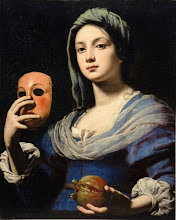Translating poetry requires both a deep knowledge of the original language and of the poem’s historical, cultural, and literary context; more than anything, though, it requires a still deeper knowledge of the language into which it’s being translated, the translator’s own language. Added to this must be a love of that language, the language of the person receiving and then transforming the poem into a new poem—creating a new path.
Attempting to “transport” Emily Dickinson’s poems into Portuguese is a still harder task, because Dickinson’s poetry is notable for its peculiar agrammaticality: unexpected plurals, inverted syntax, and an often complete disregard for gender, person, or agreement between nouns and verbs. As for form, Dickinson uses the structure of hymns, though, as Mutlu Konuk Blasing says, “the metric norm so severely limits the verse it empowers that the verse grows cryptic, crabbed, and idiosyncratic and resists communication itself, thus undermining the religious and social function of hymns that the form alludes to as authorization for her ‘dialect,’ her ‘New Englandly’ tune.” The result is a compact, cryptic language full of ellipses, which translates into texts that challenge the tradition of poetry as communication and gives literary language an autonomy more akin to the aesthetics of modern poetry.
More here




















1 comment:
Thanks for this inspiring article. I particularly like -'writing poetry is also an act of translation, translating the world into the language of the world'
Post a Comment